Top tourist places to visit in the Limousin Region

Top tourist places to visit in the Limousin Region have unspoiled natural beauty and a long history. This magnificent area of green hills and lush forests astounds visitors with its impressive medieval castles and picturesque towns, many of which have been named “Plus Beaux Villages de France” (France’s Most Beautiful Villages).
The region’s regional natural parks are a sports enthusiast’s dream. Hiking on gorgeous routes, fishing in freshwater rivers, and boating on pristine lakes are all available. Plan your journey to this beautiful region with our list of Limousin attractions and top locations to visit.
List of Top tourist places to visit in the Limousin Region
1. Aubusson
Aubusson’s stone bridge over the Cruz River
Since the 15th century, Aubusson has been recognized for its beautifully printed fabrics. Because of its traditional textile craft, the city was designated as a UNESCO cultural historic site. This time-consuming and labor-intensive weaving procedure produced the exquisite fabrics used to decorate French castles during the Middle Ages.
Tapissier workshops can be found around the city, including L’Espace Tapisseries (32 Rue Vaveix) and Maison du Tapissier (Rue Vieille). Cité Internationale de la Tapisserie (Rue des Arts) is a great tapestry museum in Aubusson.
2. Limoges
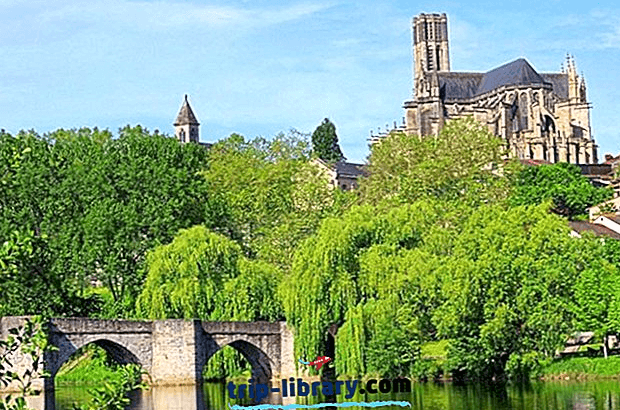
Limousin, nicknamed “Ville d’Art et d’Histoire” (“City of Art and History”), has a rich cultural legacy. Limoges’ most important monument and only Gothic structure is the Cathédrale Saint-Etienne. The cathedral, which was begun in 1273, has been rebuilt over the ages. The Jardins de l’Evêché (Bishop’s Gardens) is located behind the cathedral, and the eight-arched Pont Saint-Etienne, erected in the 13th century, is located to the east. Visitors should also meander around the city’s ancient areas along Rue de la Boucherie and Rue du Temple to get a sense of the Old Town vibe.
Impressionist painter Auguste Renoir began his career as a ceramic painter in Limoges, and the link between this skill and the fine arts is obvious. The Musée des Beaux-Arts houses an exceptional collection of Impressionist paintings. Tourists interested in learning more about the history of ceramics might visit the Pavillon de la porcelaine – Musée Haviland, which also features a shop offering elegant Havilian ceramics.
The Musée National Adrien Dubouché celebrates the beauty and diversity of Limoges’ ceramic art form. The museum’s collection of pottery, porcelain, glassware, and Limoges porcelain is extensive.
3. Uzerche
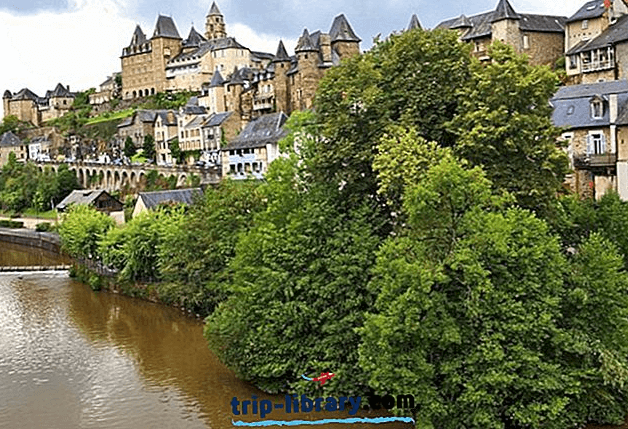
Because of its exquisite ancient buildings and stunning location on a cliff overlooking the Vézère River, Uzerche is renowned as the “Pearl of Limousin.” Many architectural gems may be found in this medieval fortified city, including spectacular old towers, atmospheric vaulted tunnels, and elegant “guesthouses” (mansions). The Abbatiale Saint-Pierre, a magnificent Romanesque church built by Benedictine monks in the 11th century, should not be missed.
The region around Uzerche provides numerous hiking and wildlife options. The Esplanade de la Lunade is an excellent spot for taking in the scenery. During the summer, outdoor markets, festivals, and concerts draw a large number of visitors.
4. Abbiati Saint-Pierre Saint-Paul, Solignac
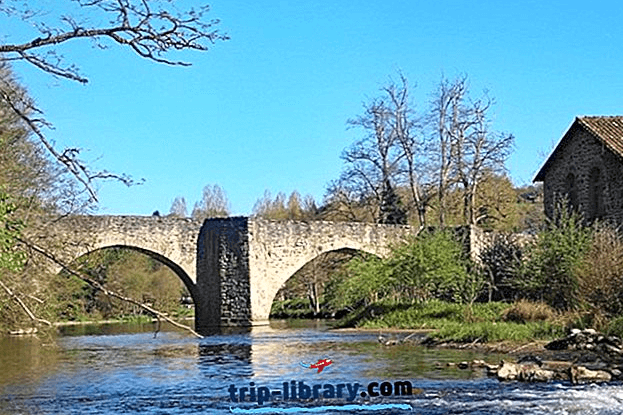
The Abbatiale Saint-Pierre Saint-Paul, located in Solignac (15 kilometers from Limoges), is one of the most important attractions in the Limousin region. Built by Benedictine monks in the 10th and 11th centuries, this magnificent Romanesque abbey was a medieval pilgrimage destination on the Way of Saint James to Santiago de Compostela. The exterior is ornamented with round arches and carved sculptures, as is typical of Romanesque churches. The domed interior boasts beautiful 15th-century stained-glass windows and columns adorned with griffins, palm leaves, and snakes.
The medieval village of Solignac enchants visitors with its pastel-colored stone structures and beautiful setting along the Bryans River. This river flows beneath the Pont-Vieux de Solignac (Old Solignac Bridge), a lovely arched stone bridge built in the 15th century.
5. Chateau de Val
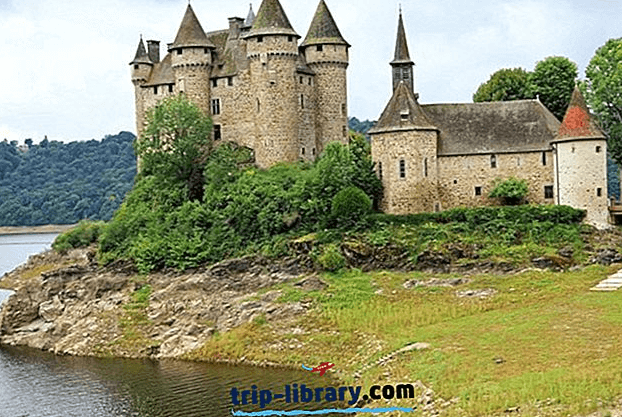
Château de Val appears to be a picture from a child’s storybook, surrounded by wonderful pastoral scenery. The imposing castle is built on a rock formation amid the Lac de Port-les-Orges, one of Europe’s largest lakes. This old castle, with exquisite Gothic apartments, is one of the best sites to visit to experience another era’s ambiance. Unlike many French castles, the Château de Val is wonderfully furnished with antiques, evoking a sense of what it may have been like to live here. The Saint-Blaise Chapel is a historic monument.
The castle grounds contain a courtyard beside the lake and a tranquil garden full of flowers. Quiet locations across the property invite guests to commune with nature, whether under a shady lemon tree, by a fountain, or near the old stables. On Wednesday evenings in July and August, the Château de Val hosts outdoor music. Château de Val also offers bed and breakfast lodging.
Address: 15270 Lanobre, Les Fontilles
6. Musée d’Art Contemporain de la Haute-Vienne
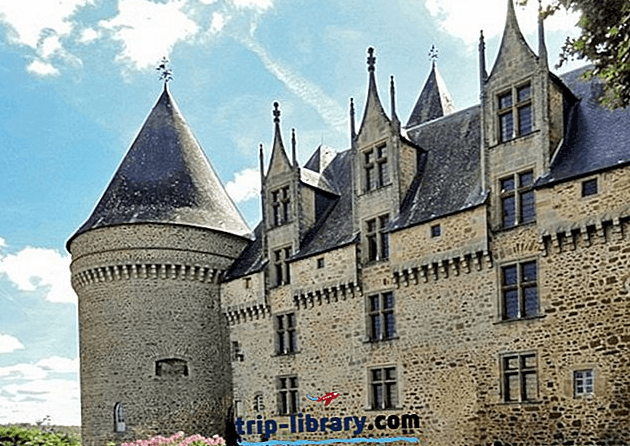
This contemporary art museum is housed in the magnificent Château de Rochechouart, which overlooks the Graine and Vayres valleys. The museum’s collection of art from the twentieth and twenty-first centuries is housed in a reconstructed medieval Renaissance castle. More than 300 works dating from the 1960s to the present are on show, as well as 2,000 decorative art pieces and one-of-a-kind items.
The artworks on the château’s walls are noteworthy, particularly the 16th-century murals in the Salle des Chasses (depicting hunting scenes) and the Galerie d’Hercule (illustrating the labors of Hercules in Greek mythology).
Chateau Square, 87600 Rochefort is the address.
7. Parc Naturel Régional de Millevaches en Limousin
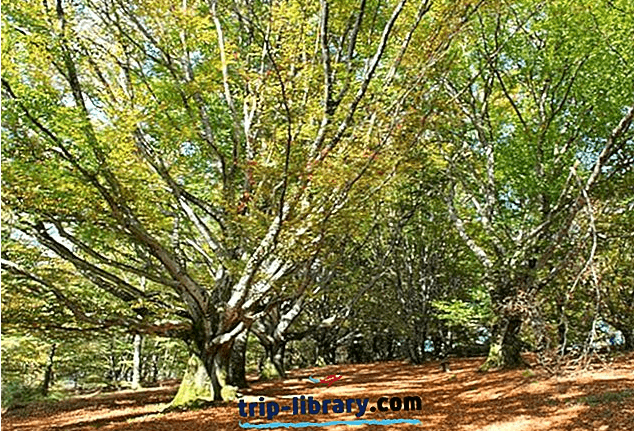
The Parc Naturel Régional de Millevaches en Limousin is a lush green haven with deep green forests, gently rolling hills, sheltering valleys, grassy meadows, and peaceful lakes. The Plateau de Millevaches regional park contains freshwater streams and rivers where river otters can be found. Millevaches Regional Park is interspersed with attractive small settlements and is accessed by natural trails. Hikers will enjoy the varied terrain, which includes orchards and orchards, as well as pastures where the famous Limousin cows graze.
Other popular activities besides hiking and riding include boating, fishing, and mountain biking. Overnight visitors can stay in the park’s campgrounds or other facilities.
8. Saint-Leonard de Noblet
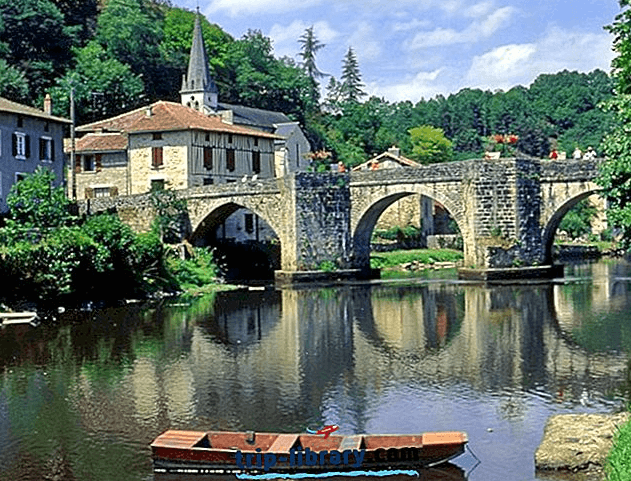
This charming medieval town boasts a well-preserved old center and a UNESCO-listed Romanesque church (from the 11th to the 12th century) that functioned as a halt on the Santiago de Compostela pilgrimage route. A walk down the city’s cobblestone streets and small lanes transports visitors back in time. Much of the city has remained largely unchanged since the Middle Ages.
With its antique mills and a 13th-century bridge, the Quartier de Noblat on the river’s banks is particularly atmospheric. Tourists can stroll the Chemin du Pavé pedestrian walkway to get here. This beautiful neighborhood is ideal for a stroll. Other activities include fishing and picnics.
Saint-Leonard-de-Noblat is also well-known for its cuisine. During the month of July, the Place Saint-Martial near the Vienne River hosts the Fête de la Saint Martial, a traditional market for regional cuisine goods. Those with a sweet tooth may try the “Massepain de Saint-Léonard,” a little almond cookie that is crispy on the exterior but soft on the inside. This Mediterranean-inspired cuisine was given to the city by pilgrims returning from San Jacques de Compostela in Spain.
9. Collonges-la-Rouge
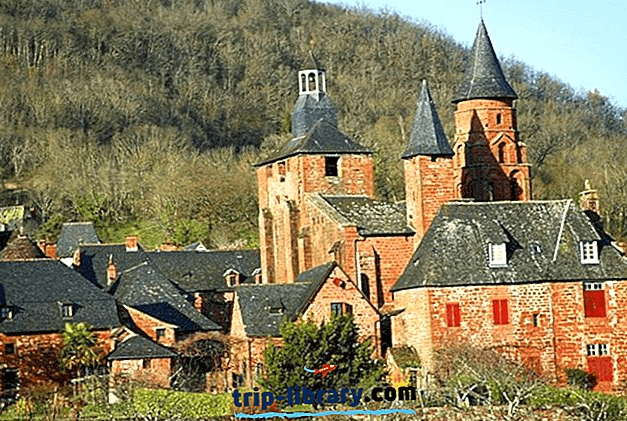
Collonges-la-Rouge is an exquisite tiny village that has been designated as one of France’s Plus Beaux Villages. The majority of the buildings are made of red sandstone and date from the 15th and 16th centuries when many prominent citizens of the Viscount of Thorne lived here. This city’s unusual pink houses and noble mansions set it apart from the rest of France.
The 11th-century Eglise Saint-Pierre, a splendid church visited by medieval pilgrims on the “Way of Saint James” path to Santiago de Compostela, Spain, is another must-see in Collonges-la-Rouge.
10. Cormonti
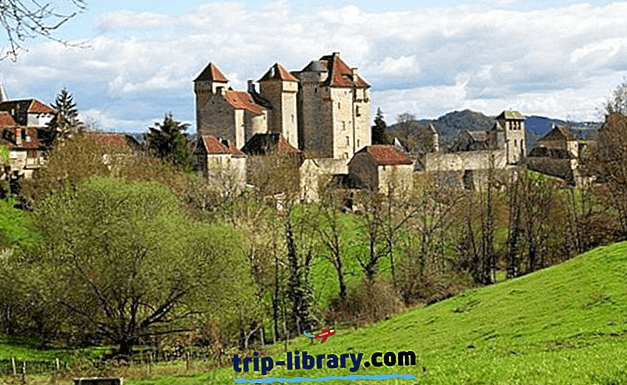
Curemonte, perched high on a rocky hillside that presides over two valleys, is one of France’s “Plus Beaux Villages.” Three castles dominate the cityscape and may be seen from a distance. Tourists may readily envision how powerful this community must have been during the Middle Ages. A 12th-century Romanesque church, as well as two other historic churches, may be found in the Curemonte. Colette, Journal à rebours, writes at the 14th-century Château Saint-Hilaire. The excellently preserved squares and houses of the village make it a favorite movie location.
11. Mortmart
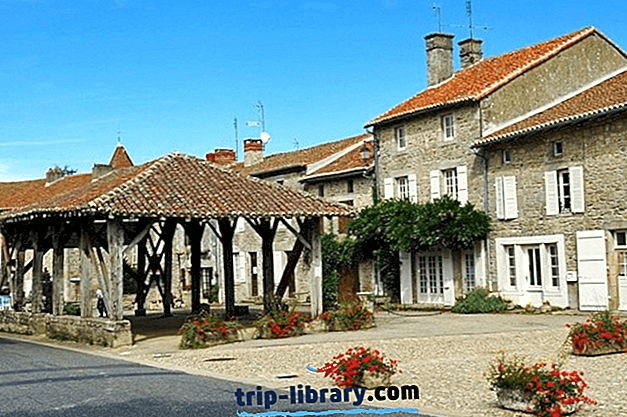
Mortemart, one of the “Plus Beaux Villages de France,” is a delightful village with beautiful architecture. Visitors are captivated by several medieval religious structures, including a 14th-century Carmelite convent and the Eglise Saint-Hilaire, an unpretentious chapel of an Augustinian monastery. It should be mentioned that the Dukes of Mortemart lived in the 10th-century Château des Ducs. The nobility’s sumptuous houses reflect the city’s rich history.
A historic covered hall in the middle of town is still the site of weekly markets where farmers sell fresh fruits, vegetables, and other local produce to the residents.
12. Sejours Le Chateau
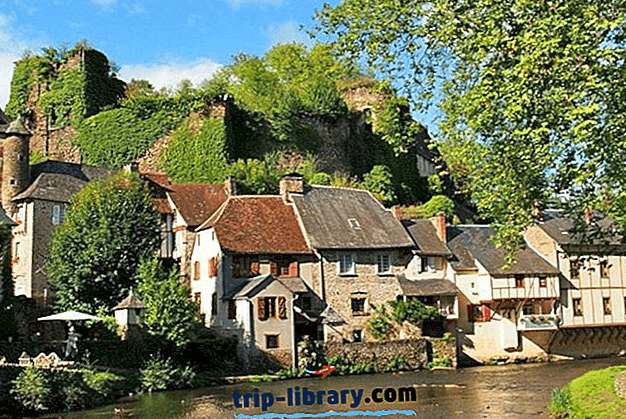
Another of the region’s “Plus Beaux Villages de France” is Ségur-le-Château. The town is situated in an area preferred by the Viscounts of Limoges due to its protection against invasions. Every part of the community exudes history. Visitors will appreciate strolling through the antique narrow alleyways, admiring the lovely half-timbered cottages and aristocracy mansions. On a sunny day, a stroll by the river is enjoyable. Tourists could also pay a visit to the medieval city palace, which involves a trek up a hill but rewards with a breathtaking perspective of the landscape.
Where to stay in a sightseeing limousine
We recommend the following hotels in the picturesque Limousin cities of Aubusson, Oserches, and Limoges:
- Hotel Joyet de Maubec: Uzerche luxury hotel, heritage building, exquisite design, customized service.
- Best Western Plus Hotel Richelieu: decent Limoges hotel with comfy beds, secure parking, and friendly front desk employees.
- La Beauze: Aubusson’s 3-star hotel, a 19th-century chateau with modern decor and pleasant hosts, and free parking.
- Ibis Limoges Center: reasonable pricing, convenient location, stylish décor, and multilingual personnel.
People Also Ask:
-
What is Limousin famous for?
When you read the word Limoges, you may think of the satisfactory porcelain that has been manufactured for centuries, which is exactly what Limousin City is known for. Luxurious porcelain brands, classic and modern designs, factory visits, and even outlet shopping are all accessible here.
-
Is it worth visiting Limoges France?
Limoges is a tiny and beautiful city in southwest-central France that is rich in heritage. If you’re asking “Is Limoges worth visiting?” for a weekend getaway or as a stop on a road trip across France, the short answer is definitely yes. This underrated location has much to offer tourists.


